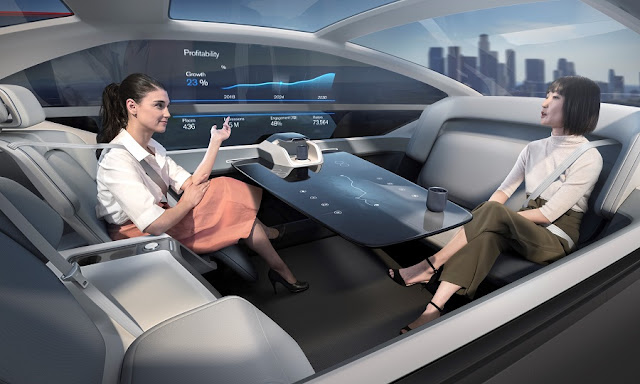Unleashing Human Potential: The Evolution of Exoskeleton Technology
 |
Exoskeleton |
Exoskeleton, or external skeleton systems, are wearable devices designed to augment and support the human body. Inspired by the exoskeletons found in nature, such as those of insects and crustaceans, engineers and scientists have been tirelessly working to create innovative exoskeletons that enhance human strength, mobility, and endurance.
The
evolution of Exoskeleton technology
has been driven by a multitude of factors. Firstly, advancements in materials
science have allowed for the creation of lightweight yet durable components,
making exoskeletons more comfortable and practical for prolonged use. Carbon
fibers, polymers, and alloys have replaced the clunky and heavy metal frames of
early prototypes, resulting in more agile and user-friendly designs.
Moreover,
the development of powerful sensors and actuators has played a pivotal role in Exoskeleton
technology. Sensors embedded within the exoskeleton can detect and interpret
the user's movements, allowing the device to respond in real-time and provide
seamless support. Actuators, such as motors or hydraulics, then generate the
necessary force to assist or amplify the wearer's actions. This symbiotic
interaction between humans and machines has the potential to unlock new levels
of strength and agility.
The
applications of Exoskeleton
technology are vast and diverse. In the field of healthcare, exoskeletons have
shown incredible promise in aiding rehabilitation and assisting individuals
with mobility impairments. Patients recovering from spinal cord injuries or
stroke can regain mobility and rebuild strength with the assistance of exoskeletons.
These devices offer not just physical support but also psychological benefits
by boosting the user's confidence and independence.
Beyond
healthcare, Exoskeleton are making
strides in industries such as manufacturing, construction, and logistics. Workers
who perform physically demanding tasks can reduce the risk of fatigue and
injuries by utilizing exoskeletons. These wearable devices can shoulder heavy
loads, minimize strain on the body, and improve overall productivity. The
potential economic benefits of exoskeleton technology are immense, as it can
lead to reduced workplace injuries and increased efficiency.
Athletes can
leverage Exoskeleton technology to
enhance their performance, breaking records and pushing their bodies to the
limits. Additionally, exoskeletons are being incorporated into virtual reality
and augmented reality experiences, creating immersive and interactive
environments where users can feel and interact with virtual objects. By
unleashing our potential and pushing the boundaries of our physical
limitations, exoskeletons have the power to transform lives, revolutionize
industries, and open new frontiers of human achievement.



Comments
Post a Comment